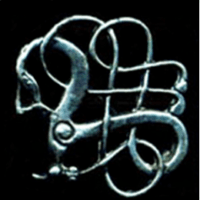This field school is a four-week adventure in a rugged environment that will provide students with a crash course in Arctic Archaeology. Participants will learn how to identify sites and features through landscape survey, perform “keyhole” excavations, and learn how to document their observations quickly and efficiently. Students will not only learn about archaeological field methods but will also have the chance to interact with the local community and gain insight into emerging issues regarding the impact of global climate change on cultural resources in the Arctic. Due to the ongoing issues surrounding the loss of organic deposits in South Greenland, emphasis will be placed on rapid and efficient intervention techniques in the field. This program is RPA certified (Register of Professional Archaeologists) and will benefit students who plan to pursue cultural resource management work in the future.
Archaeological investigations in 2019 will be conducted in the small hamlet of Igaliku in South Greenland. During the Norse period, Igaliku was the site of the episcopal manor farm of Garðar, established in AD 1124. Garðar was a geographical nexus between the most populous parts of the Eastern Settlement and possessed a large cathedral dedicated to St. Nicolaus. As the largest church in Norse Greenland, this cathedral reflected the manor’s great wealth and political importance. Although there are theories explaining why the Norse eventually abandoned Greenland in the mid-1400’s, many questions still remain unanswered. In the 1700s, colonial era Inuit farmers resettled Garðar and created a way of life very similar to the Norse – one that continues to this day. This area was nominated as UNESCO World Heritage property in July 2017 and bears witness to a rich and vibrant history of farming and pastoralism in South Greenland.




